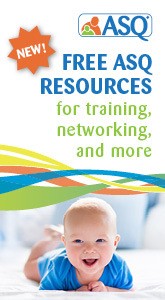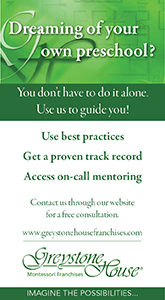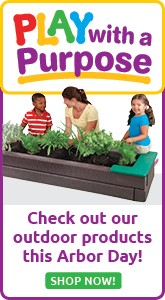ExchangeEveryDay Past Issues
 << Previous Issue
| View Past Issues | | Next Issue >>
<< Previous Issue
| View Past Issues | | Next Issue >> -Rachel Carson
“When children are first learning to read, they seem to use all of their visual ability to essentially ‘photograph’ words, seeing print as a whole,” write Christine Kiewra and Tina Reeble in the book, Growing with Nature. “They next begin to understand that words can be broken into parts (letters or graphemes) and that those parts represent spoken sounds (phonemes). As children figure out the process of connecting letters to sounds, experiences in outdoor classrooms can support their understanding of these whole-to-part relationships, which occur in abundance in nature.
Experiences in the natural world can also facilitate letter discrimination, which is an important step in developing both reading and writing fluency…It is interesting to note, as Ellen Galinsky does in her book, Mind in the Making, that all the world’s languages have an amazing regularity in the number of times that intersections (like T’s, L’s and X’s) are present in the shapes of letters. Fascinatingly, those shapes with intersections occur at the same rate in natural scenes as they do in written language.
So, an activity such as taking young children on an outdoor “shape walk’ not only helps them to see patterns in the natural world, it also helps with later letter recognition. Providing natural materials such as twigs and logs (that contain many naturally occurring shapes) is also a great way to help children think about the alphabet.”
Supporting Whole-Child Learning in Outdoor Classrooms |
|
Offer valid through July 13, 2019 at 11:59 pm Pacific Time. |






Post a Comment